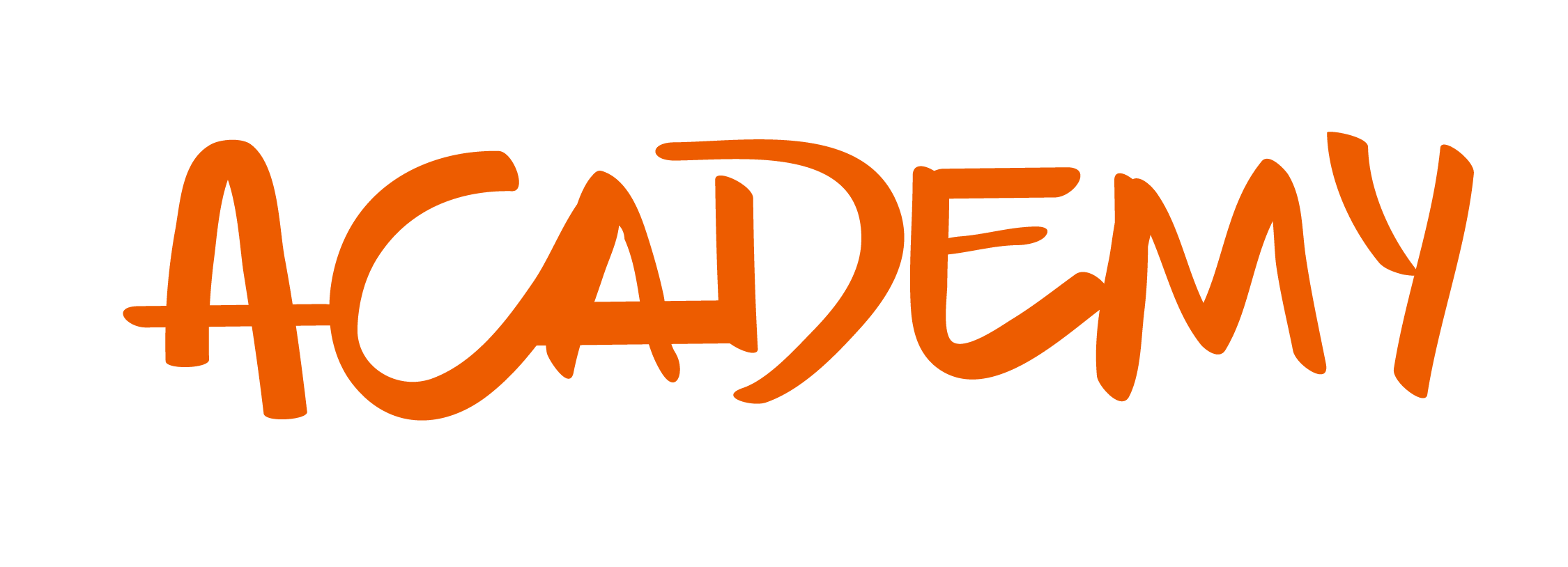Learn in this ultimate profitability guide how to estimate profit margin for your Advertising agency
Nowadays most marketing and Advertising agencies use fixed fees, labor based pricing, cost-based and/or cost-plus remuneration paths to charge for their services.
The evolution from pricing model based on media commissions was a needed shift when the market diversified and became a complex landscape. Agencies usually justify their fees and rates by the deconstruction method: taking into account the workforce hour of labor, the overhead, and the profit components.
This is a response to procurement groups’ efforts to benchmark and limit agencies’ cost-based compensation contracts. Since there’s no set in stone standard professional service business profit ratio, a good way to keep up with revenue within different times and services is to employ a Profit Margin. The profitability is manifested as a margin percentage of the agency’s fee.
Another path is to deploy a Profit Markup, which is an indication of an agency’s profit in terms of operating costs. This is applied to every customary operating cost; payroll and it’s related taxes, employee benefits, saving plans, retirement, and agency’s overheads. Commonly it does not include financing costs and income tax.
This last method is usually a more accurate portrayal of the resources that the overall labor machine requires to stay operational. According to 4A’s Agency’s profit guide, a Profit Markup method is a better solution to increase revenue margins, yielding a 25% profit, a 5% increase over the Profit Margin methodology.
How to calculate the profitability of my Advertising agency?
An average profit margin calculation takes into account the sales minus the expenses. A truly straightforward way right? Well, not really. Things tend to get a little more complicated once you move to a professional service business.
An agency has to account for non billable hours, talent turnover, and market-varying costs for advertising. On top of an industry-based complexity, there’s the regular difficulties of running a business. An agency has a creativity and idea based workflow, but they need to maintain a profit margin for the machine to keep going. Let’s look into typical marketing and advertising issues that need to be taken into the equation, if you want a sturdy profit margin.
The Project base for your advertising agency
Each project should be analysed as whole, in order to acquire a holistic view of the agency’s financial processes. When you can manage to know the cost of every project you can cross reference this data with other KPIs and gain a well rounded company knowledge.
The same idea applies to different types of deliverables, services and campaigns. If you know what service type is most cost effective, you can develop and scale that area.
Project per customer
Go into each project done for a certain company, and compare them to one-time projects, you will see that returning customers cost less. There’s an old principle that reads like this: 80% of your total revenue comes from 20% of your clients. If most of your income comes from a few brands then you need to know which ones they are. To strengthen the relationship with them, to evaluate what is their area of work and expertise.
For example, imagine that 80% of your income comes from airline and travel enterprises. If something were to happen to that industry, like a pandemic and the travel restrictions that followed, it’s not hard to see that the majority of your agency’s income will be critically diminished. It’s never advised to keep all of your eggs in one basket.
Billable hours
When you know the actual cost of every single employee’s working hour then you can access an accurate representation of each project cost. As well as knowing which collaborators make the most money for the agency. This can help with determining who needs more training, who deserves a raise, who is struggling, and who needs more monitoring.
Another important aspect of time management and registry is to see if you are tracking all billable hours. Research, meeting, brainstorming, these are all parts of the creative process, and are not always taken into account. You need to be able to track this in order to know the actual reach of your profitability. We will develop this issue in a deeper way shortly.
Calculate profitability not only at the agency level but at project level too
For an accurate financial analysis of your agency you need an all-around tool that can facilitate reporting the big picture, and every little step you take to get there. A health diagnosis must include the agency’s total amount of income and expenses with the possibility of cross referencing the gathered data with different variables. The information of project level reports is a necessity when trying to optimize margins and profit.
Project level financial traceability manages to introduce key details of the operation and allow for clear, informed, and real time smart business decision making. Overlooked expenses, overheads, overtime, and reworks eat your margins and you may even be clueless about it.
With automated real-time reporting on each project you can calculate the cost and the real overall profitability. You can even get an advantage and be aware when a project stops being profitable mid-way, gaining valuable insight for re-negotiating fees or deadlines.
Data that you should be taking into account:
- Project cost with and without work hours costs.
- Contrast clients between each other, to access which is the most profitable and take extra steps for keeping them in the rotation.
- Compare different types of services or even different types of deliverables. This can help you develop the most profitable area and allocate training resources where they are needed. It can even be a strong starting point for reorganizing areas of the agency.
- Gross margins reports for fee setting and better invoicing.
When you add this information with agency overview reports you can manage to calculate overhead for each client and each project, and the overall agency profit margin. Your project management software should be able to isolate this information, AI powered solutions come with financial forecasting, project based cost and revenue estimation, for an agency looking to improve its margins, these features are vital.
Understand Overhead Rates
Rent, utilities, software licenses, office supplies. Necessities, right? Of course, but sometimes overhead costs are terribly inefficient and under utilized. When trying to improve the agency’s net profit you should reassess the “moored” overhead costs.
With the rise of home office and the possibility of bringing in talent from all over the world you should consider if you are taking advantage of your current office space. Maybe it’s time to implement a hybrid work methodology and reduce the rent expenses by using a smaller office.
Are you using several softwares? Take a moment to analyse if instead of paying multiple licence fees you can choose an all-in-one project management software. Most of the time the cost of using one software for their star feature is greater than hiring one premium tool with multiple key features. Evaluating and changing just some of these expenses can have a greater impact on your overall overhead costs.
Another cost that goes into an agency’s overhead not linked with professional services, is the salary of staff not dedicated to client’s requests and creative projects, like the accounting department. A smart way of maximizing their work capabilities is to trace and track their progress and their processes.
Are they spending time on simple manual tasks? Then a way to reduce lost time on their part is to utilize software with an automation feature. These types of solutions often come with project templates, Gantt charts, and more importantly with real time reporting features. And of course a vital part of any solution dedicated to improving spending and streamline processes comes with time tracking.
Track teams’ time and chargeability
Non billable hours are a vortex of lost money. Hours that can’t be included in your project fees, but are dedicated to the production of deliverables can decimate your profit margins. This is linked to the agency’s realization and utilization rates.
Let’s start on the easier side of this issue. The most efficient way of acquiring this sensitive data is with a time tracking tool. Detailed information on where your teams’ hours are being dedicated is vital information to see where resources are being correctly spent and utilized.
With automated time tracking you can remove the need for timesheets, and allow for full transparency on where your team efforts are going. Since they only need to check their spent time you abolish the time required for them to fill up such manual reports; as well as gaining valuable insights into what the real time losing processes are. Since there’s no vias about what tasks should be reported or not, every inch of the project can be accounted for. Brainstorming meetings, research time, calls with clients, etc.
Due to the data gathered, good all-in-one solutions augmented with AI can begin to produce estimations and profit forecasting. With the knowledge of how many hours each task actually takes, you can set clear deadlines, and assign tasks that fit into any collaborator’s daily working hours. This way you are taking care of your people, setting transparent and possible standards, and avoiding the common burnout of the industry.
Chargeability
Let’s get back to utilization and realization rates. The utilization rate is a calculation of each work hour in contrast with total available hours for each collaborator. This is a gross metric, it does not distinguish between billable and nonbillable hours. For example, team meetings, non professional service employee’s labor (like accounting) and training are working hours, but they do not amount to the billable hours calculation.
Realization rate is the calculation of each recorded hour in contrast to every billed hour. It does not include training time, internal projects, time off, vacations, etc. For the sake of simplicity, let’s imagine that an employee has 100 available hours, from which they use 20 for internal projects, in house training, and vacations. If out of that 80 billable hours left they work for 70 hours, their realization rate would amount to 87,5%.
Higher realization rates increase your billing rates dramatically. We will need to keep doing the math, but it’s almost over, don’t worry. If the invoice to your client goes out to 100$/hour, and your realization rate is 60%, then you are actually making 60$/hour.
This will be your realized rate for each collaborator. It would look something like this: Realized rate= (Realization rate as a %) * (Billing rate). With utilization and realization rates you can have the correct information about your agency’s productivity and chargeability.
This isn’t mentioned to take merit away from employees, a problem in this area can radicate in under-utilization of the talent, on assigning administrative tasks to creatives, leaving them working on non-billable hours.
It is really important to know your employees’ realized rates, for better task allocation and resource management. If your estimation for a project amounts to 100 chargeable hours for an employee, but they use 20 of them on a back and forth within meetings, the bottom line is:
- You can only bill 80 hours out of the 100 planned.
- You are underutilizing creative talent on un billable tasks.
- You may have a time management problem in your hands.
Pay Attention of Agency Gross Income (AGI)
Gross billing. This may look simple enough, it’s basically counting the total amount of money coming into the agency, the incoming cash flow, if you may. But it does not amount to the gross profit or real revenue. It could be used for marketing campaigns, allocated for social media ad spend, investments in agency growth, keeping it as revenue, you name it. How this is used will depend on the business model followed.
No agency business decision making should be done taking only this metric into account. You should focus on Agency Gross Income. It’s calculated by taking the gross billing and subtracting the client related expenses, (COGS, cost of goods sold) the amount obtained is dedicated towards agency costs, like salaries and rent.
The AGI is a clear report of your agency’s profit and financial health. It gives you a clear idea if your rent is too high, if you don’t need so many employees, and if your profit margins are too low.
Get AGI: FTE ratio
The AGI/FTE ratio grants agencies a clear view of how much revenue you make for each employee. This is a very straightforward calculation, you divide your AGI by the total number of full-time workers. The higher the better, standard indexes show it should be at least $150.000
Client concentration is another important aspect any creative agency should consider. It’s the percentage of your AGI your largest client represents. If it’s over 25% your income needs to be diversified, maybe take a look at other customers on retainer and try to improve those hourly rates and clients relationships. New clients and new businesses are something every marketing agency looks for, but returning customers bring more revenue in less time, while prospective clients require more time and engagement. Take care of the clients already on retention, because that is where the advertising agency service needs to be directed.
Which advertising agency is the most profitable?
We always want to know how the best of the best is doing. Here’s a short version of Kingston Smith’s 2018 most profitable agencies.
- Fallon London Limited with a %31.56 profit margin.
- VCCP Group LLP with %28.67.
- Krow Communications Limited with %26.17
- Langland Advertising Design and Marketing Limited with %23.98
- Maverick Advertising & Design Limited with %21.95
- DDB UK Investments Limited with %19.85
- Innocean Worldwide UK Limited with %18.96
- Accord Marketing Limited with %18.89
- HPS Marketing Communications Limited %18.56
- AKA Promotions Limited %17.65
These are the advertising agencies that have the best margins. Taking full advantage of your resources and talent is the best way to stay profitable.
How can an advertising agency increase profitability?
We hope that after the information you read you have a better chance of improving your advertising agency’s profit margins. Data and knowledge are the way to better margins, lower inefficiencies, and a healthier business. In the spirit of sharing information, we would like to invite you to read more strategies for increasing your overall advertising agency’s profitability.














